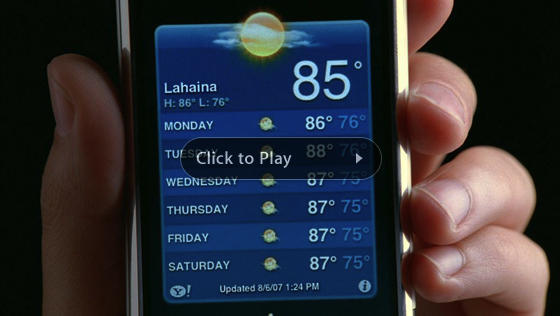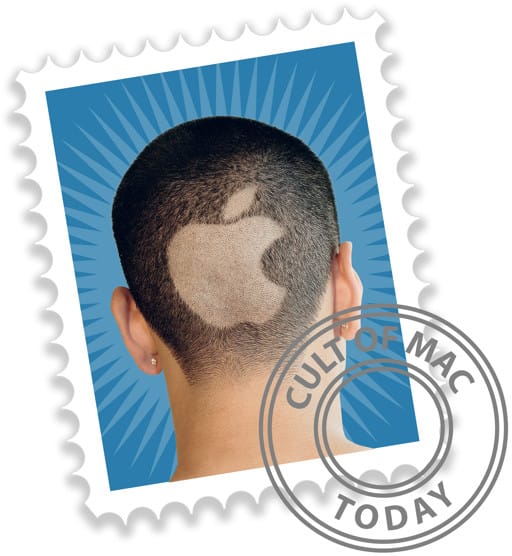As you’ve no doubt seen by now, Apple announced the sale of its 1 millionth iPhone Monday morning, just five days after Steve Jobs cut the multimedia communicator’s price by $200. No one can seem to agree whether this is a successful launch or not. Some folks even predicted that Apple would sell 1 million iPhones would sell in the first weekend.
So it might make sense to look back at the historical data. How long did it take to sell 1 million iPods? According to official sales data, Apple didn’t pass the psychological barrier until July 2003, almost 21 months after the company first put 1,000 songs in our pockets. It took eight times as long, and for a device that was cheaper, didn’t require a subscription and was going after a completely unclaimed market, whereas the iPhone is aiming for the strengths of the mobile handset market.
Now, the first iPod was only available for Macs, but even the first quarter of the 3G iPod that finally got Apple over the one million hump only included 304,000 iPods sold, despite being designed for Windows. No matter how you slice it, the iPhone has been a break-out hit from day one. And with the price finally in line with the competition, the future’s only looking better.



2 responses to “One Million iPhones Sold in Perspective”
Not a valid comparison. The iPod was a niche segment product that created a full-blown sensation. 99% of people didn’t even know the term MP3, never mind what it was in 2001. I dare say that it was OS X that created the iPod market. Without it Apple wouldn’t have sold a zillion new Macs, especially notebooks. These were the early adopters of iPods, and the caché of the exclusivity and the Apple-induced feeling of superiority made others want it too. In all honesty I loved it when I was actually “cool” because I was one of the very few in London with white earbuds!
The iPhone went after an established, mature market with a brand new combination of technologies. Just like the Prius did with cars, the iPhone wasn’t just a best of breed product, it was so far ahead of everything else that it was seen as a whole new mousetrap, not just a better one. The basic individual parts aren’t very different than any other smart phone; but it’s Apple’s synergy (see OS X, again) that makes the difference. And while 1 million is a lot of phones, when taken as market share it’s not that spectacular.
One thing that will make these numbers better is knowing how many of these buyers are “new” smart phone buyers. There are a lot of Treo and Blackberry owners. A portion of them spend money like a drunken sailor and now have an iPhone. But many more have invested hundreds of dollars in their handsets, and aren’t going to replace for another year or two, at least. That’s why the new adopters are so important, especially how many buyers had NO phone prior to this.
People who bought $200 on a Rio MP3 player in 2000 didn’t throw it away and buy an iPod. They waited to outgrow it, or to die on them. People who bought Honda Insight didn’t immediately trade it in for a Prius. So until we know two things about these sales, how many people switched smart phones and how many people stepped up in class (or bought their first phone), then these are pretty meaningless numbers.
Except in pure Apple sales.